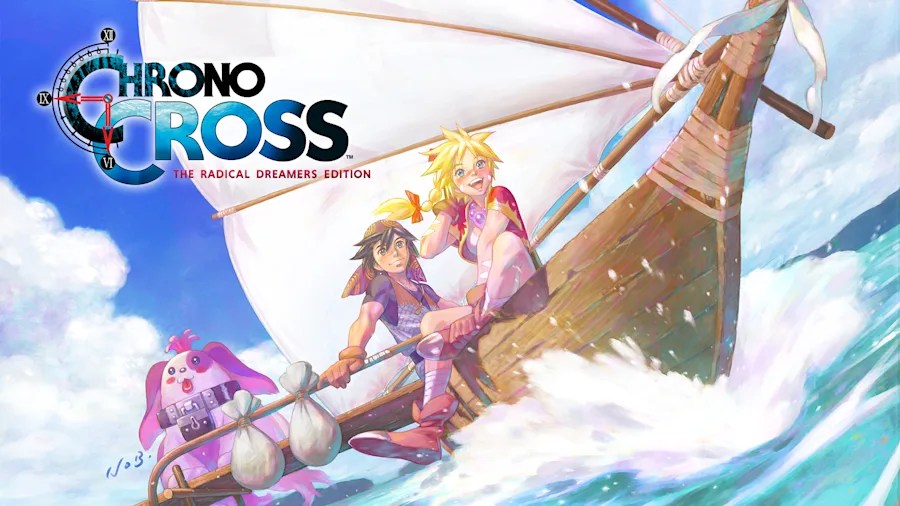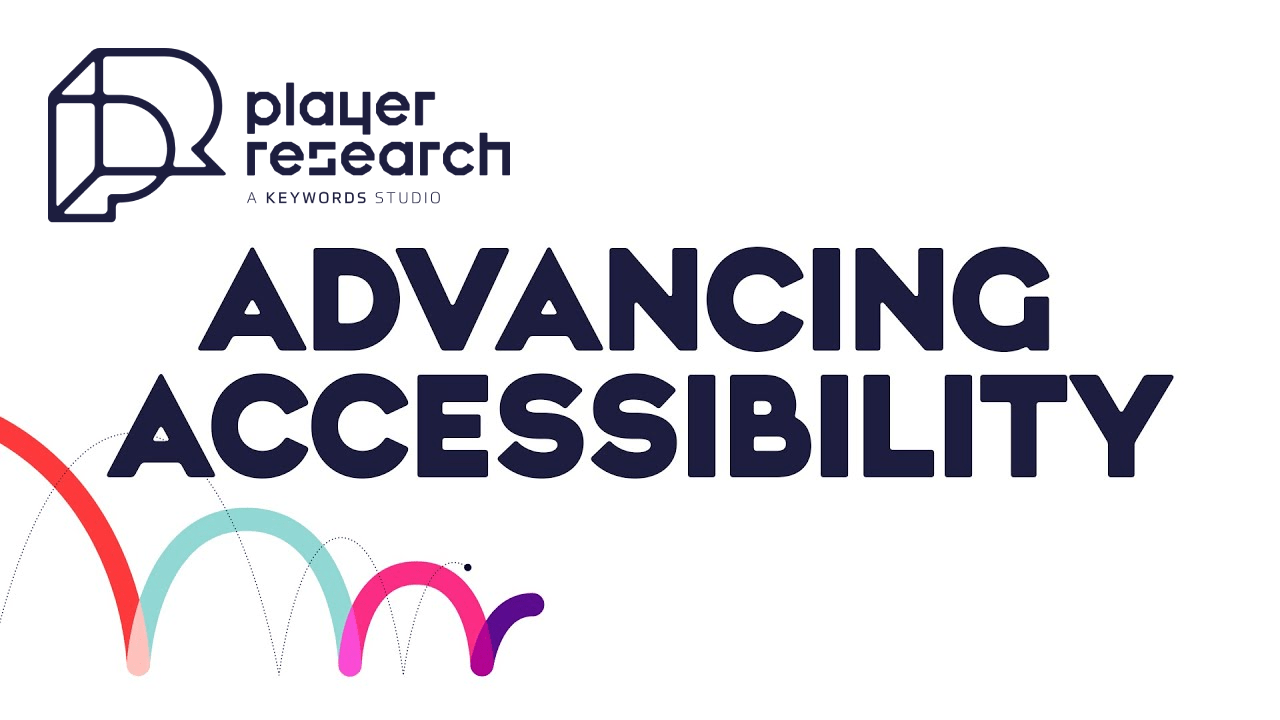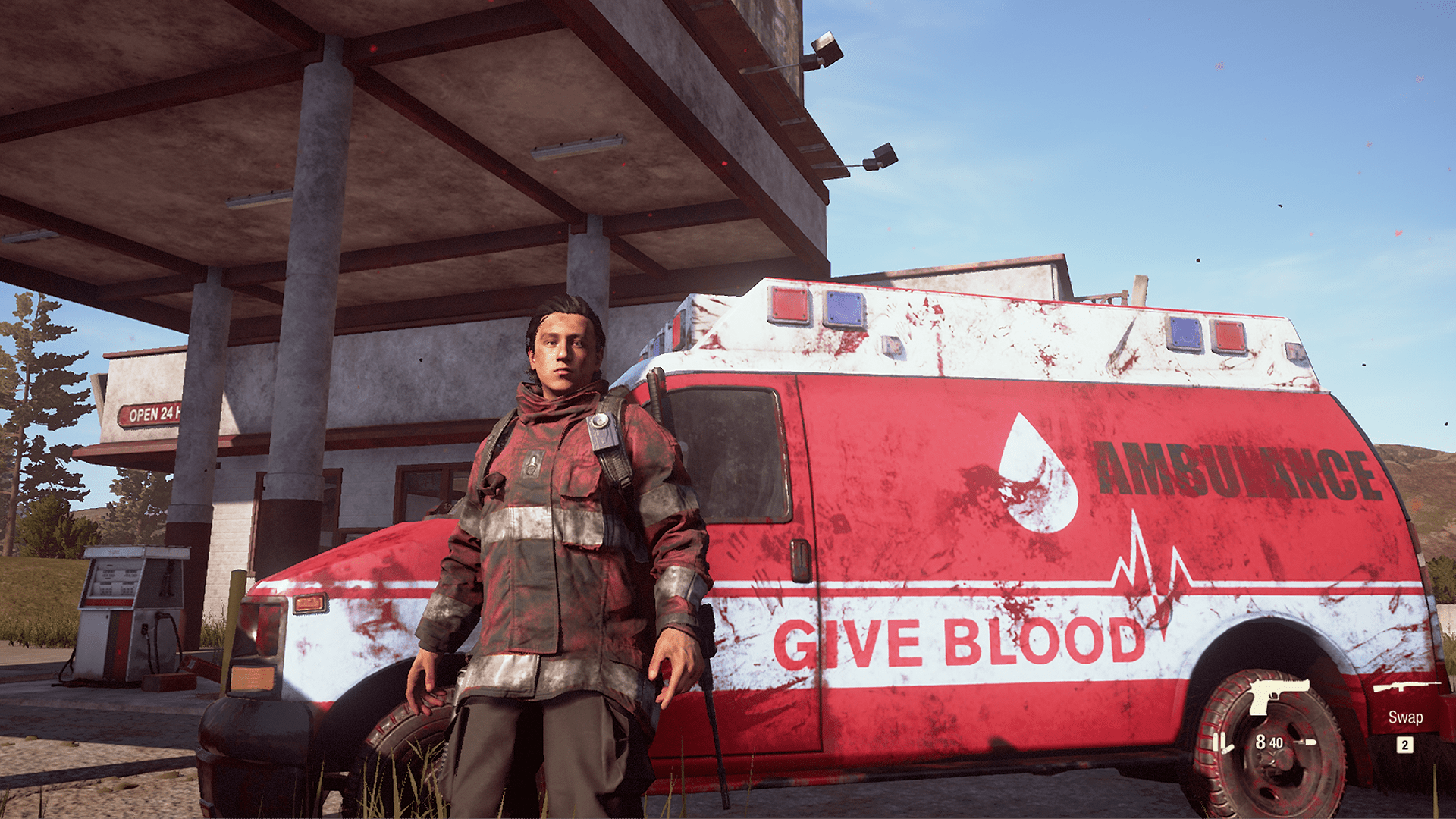Square-Enix’s legendary Chrono Trigger saw two follow-ups. One was in the form of a visual novel called Radical Dreamers that never got a release outside of Japan officially, although fan translations were released for it later on. The more well-known successor was Chrono Cross on the original PlayStation, which has largely remained locked to that platform beyond a digital release on the PlayStation Store for the PS3, PSP, and Vita over a decade ago. Now, Square-Enix has seen fit to release the game once again, but across all modern consoles, and the Switch version marks the first time the game has been playable at all on Nintendo hardware. The core Chrono Cross experience from the PS1 has been kept intact alongside a new version with smoothed-out character and environmental models alongside new portrait art and redrawn text that was crafted to be easier to see.
Radical Dreamers’ debut is a fairly impressive one in this package. Its text scrolls slowly and is easy to read, while the choices made in the adventure are easy to make out thanks to bold icons and text color changes to indicate which choice the player wants. As a visual novel and interactive story, Radical Dreamers is largely quite accessible. The text is large and the art is highly detailed even when playing on the Switch’s screen in portable mode. There are a couple of flaws with the overall presentation though that should be addressed in the future. One is the lack of any kind of control listing, so the player is left to use trial and error on how to do essential things like save or pause the action. The other lies in the usage of music and sound effects so heavily and not being given visual explanations for deaf and hard-of-hearing players.
Stirring music is used to punctuate battles and dramatic scenes, while a lot of effort was put into the sound design as a whole with things like rain falling and thunder claps to help tell the tale. As part of a group fighting to survive, the player hears the party running through muddy water to avoid combat or will hear the slice of flesh if combat is engaged. As someone who doesn’t play a lot of visual novels, Radical Dreamers is a compelling one and the amount of work put into treating it more like an audio drama and less like a static visual novel allows it to age very well in the modern era. However, it would benefit a lot from having text descriptions of the noises made in the world itself to help all players get enveloped in the tale.
Radical Dreamers is largely a home run beyond the odd problems of not having any kind of control rundown and the lack of music and sound effect description, while Chrono Cross is a far trickier presentation in this package. The inclusion of both the PS1 original and a more modern-looking version is a great one in theory, but the key is in the execution. Smoothly being able to transition from one version to the next and keeping the new art in line with the old art is crucial, as is delivering a great presentation across the board. The Radical Dreamers Edition of Chrono Cross offers a flawed but still definitive experience for modern-day playback of the classic JRPG.
The original game has remained quite compelling and a surprisingly beautiful game for its time, but did suffer from a lot of time-wasting in the form of unnecessary battles. In a single environment or small dungeon, it’s annoying enough, but Chrono Cross has fairly large and labyrinthian environments at times and that will yield a ton of needless battles since stat buffs are more story-based than battle-based. The new incarnation also enables for analog control, making it easier to navigate the world for those with fine-motor impairments, while the ability to turn all battles into guaranteed-victory scenarios makes the game for more playable from beginning to end for all players.
Quality-of-life improvements from the PS1 version’s New Game Plus have been added in by default, allowing the user to slow down or speed up time. Slowing it down is great for timing-based mini-games, while speeding it up can help with the trek through longer areas at the expense of being very accurate in your movements on the map. The left and right sticks enable options to either avoid random battles or ensure the enemy always misses attacks, while pressing both in enables auto-battle.
In terms of overall accessibility, the usage of large icons and text is a huge help, although there’s room for improvement in the method of displaying which elements are currently in use. Being able to switch between the original 4:3 PS1 game and a slightly-cropped 16:9 widescreen experience is nice, although it’s a shame it wasn’t just a seamless menu option. Instead, the player has to save, then exit the game, then reload the game within either the classic or new setup to enjoy each style.
Both the original and redone version are quite easy to read thanks to a lot of care being taken to enlarge the text and make it more clear across the board. The redone visuals look more like the original game’s with a bit more detail in them, while the redrawn character portrait art keeps the spirit of the original art alive while boosting the fidelity of the image a bit. The framerate does suffer a bit in the new mode when boss battles get really chaotic, but otherwise, it’s a fairly good experience overall.
Musically, Chrono Cross features one of the greatest soundtracks in the industry and benefits from a lack of voice acting, allowing the player to craft their own voices in their head for the cast. Deaf and hard-of-hearing players won’t have any trouble understanding the plot or characters, but will have a difficult time understanding the tone of some scenes due to the lack of any kind of description of the soundtrack on-screen. A simple “music intensifies” notice would be helpful during boss battles and it wouldn’t hurt to have something like that done during cinematics as well to describe the soundtrack there.
Overall, Chrono Cross is a highly-accessible JRPG for modern platforms. The quality-of-life improvements make it an absolute must-play on modern hardware for those who couldn’t get into it due to its original design. The ability to skip battles or ensure a victory in battles is nice, while players can adjust all of the quality-of-life features in real time if they so desire to have a greater amount of freedom in how they enjoy the experience. The redone graphics are easier to see, and text is across the board improved. The game’s sound design is top-shelf, but it would be nice to see descriptions of music and tone shifts showcased within the soundtrack.
This article has been transferred from DAGERSystem (now AbilityPoints). Scores, formatting, and writing style may differ from original CIPT content.






